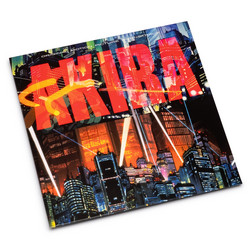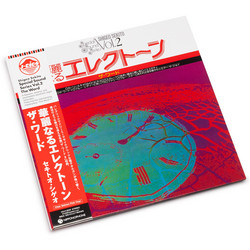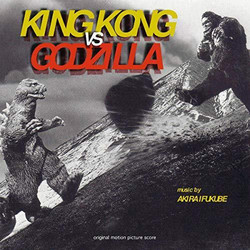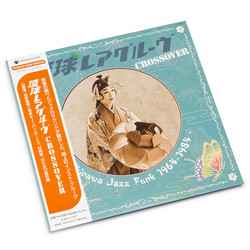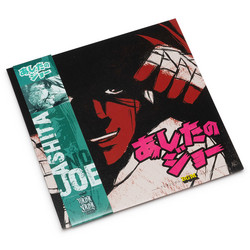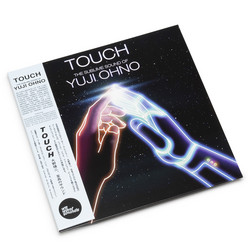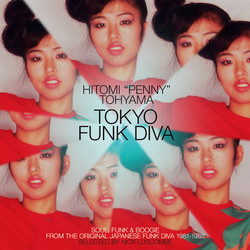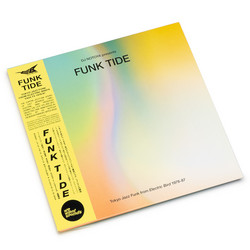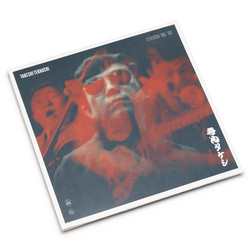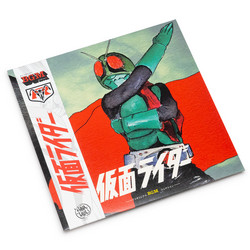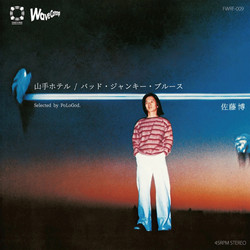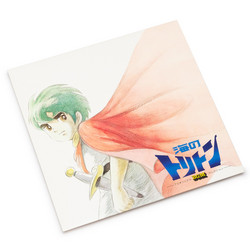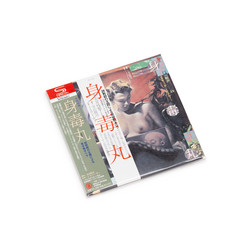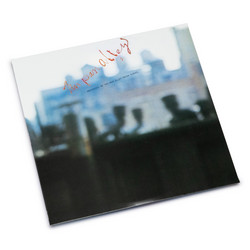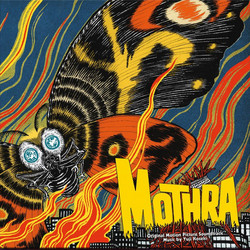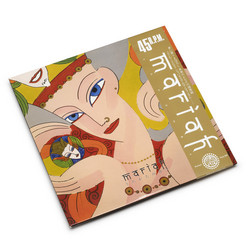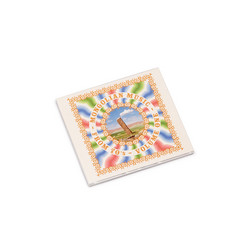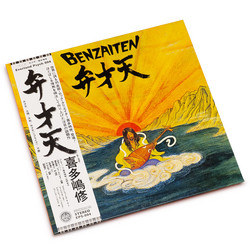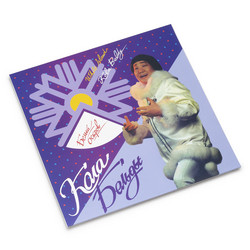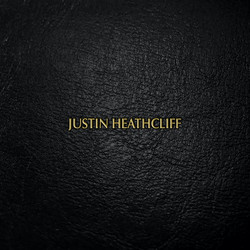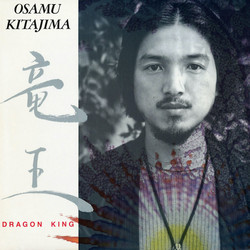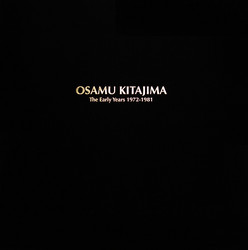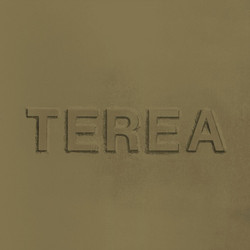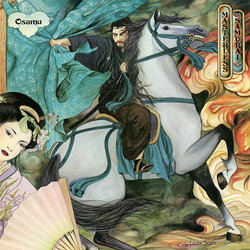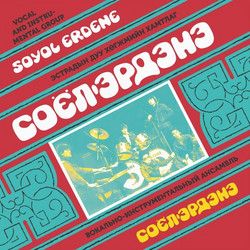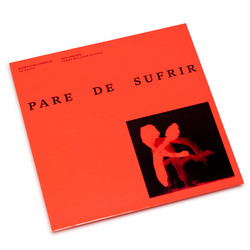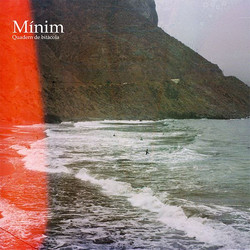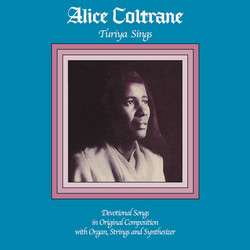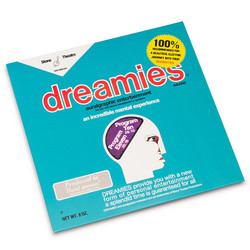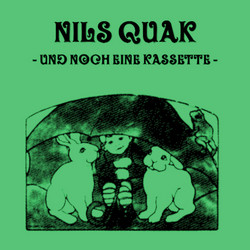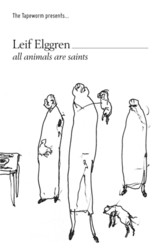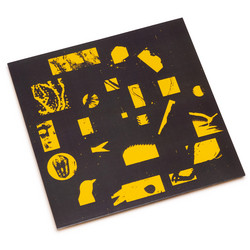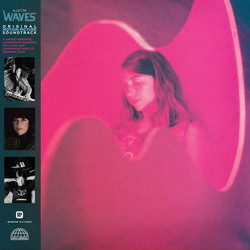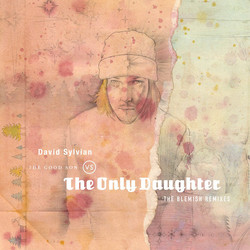Japan styled CD edition with printed innersleeve, OBI and 36x36cm poster **A legendary yet long lost crown jewel from the early 80s Japanese Electronic and Jazz Rock scene - new powerful master, much appreciated by the artist, dbl.12″ in UV-glossy laminated gatefold sleeve with OBI
+ includes A1 Poster 60x60cm and lyric shee** Mariah was a Japanese outfit in the field of art pop, way back in the very late 70s and early 80s with 5 albums up their score from 1980 to 1983. The album from 1979 entitled as “Mariah” was actually made before the band Mariah was formed, and was released as a solo album by Yasuaki Shimizu. The album at hand is the fifth and for the time being last album in this row, released as a double vinyl back in 1983. Original copies, that are at least in very good condition, are hard to find. The brand new reissue on Everland, unlike the original and the first vinyl reissue from 2015, comes housed in a thick and artfully designed gatefold sleeve with OBI, which finally does justice to the progressive spirit of the music you will find here. The musical basement of Utakata No Hibi is a fusion of dreamy synthesizer pop and haunting new wave music, that could be found all around the globe back in 1983. In the vein of TEARS FOR FEARS or more adventurous DAVID BOWIE stuff, with a touch of KRAFTWERK or even BRIAN ENO here and there, but all this gets spiced up with an atmosphere of Japanese traditionalism, with a few bits and pieces from the old music from this Far East island, which sounds so magic to us Westeners. The progressive, wacky art pop of this project was led by the popular Japanese composer and musician Yasuaki Shimizu, a relentlessly exploratory saxophonist who even dared to rework Johann Sebastian Bach’s cello suites for saxophone. As brilliant as this man is, the music on „Utakata No Hibi“ turns out to be. And the master himself approved and much appreciated the brandnew remastering of this album by assisting a highly professional team of sound engineers who dusted off the ancient tape reels. For certain the record sounds and feels 80s through and through, electronic to the very rhythmical bone of each song sugar coated with catchy melodies that resemble Japanese classic and Enka music, which is a kind of folksy pop music. The listener gets directly drawn into a feverish dream of steaming Far Eastern cities and their darkest and most depraved corners where you find everything cheap in sleazy bars and unlighted backyards and alleys. The next moment he strolls through a beautiful Japanese park surrounded by a sea of blossoms. This change in mood and style you will experience in the sparsely instrumented tune „Shisen“, which indeed comes closest to classic Japanese folk tunes without any too catchy and pop oriented melodies. But we certainly find these harmonies allover the album. Some tunes even feel like ancient BEACH BOYS compositions and Brian Wilson creations played by a then contemporary electronic pop act and sung in Japanese. An amazingly colorful album with songs that are
Mariah have long been revered in the Japanese underground rock and new wave scene via five albums which brought hefty jazz chops, avant-rock muscle, and atmospheric synthetic textures together in ways that very few of their peers managed in the 1980s with such consistency. It’s the group’s 1983 swansong, うたかたの日々 (Utakata No Hibi), that holds the most myth and magic, though; a slow-rolling yet celebratory album blending kinetic polyrhythms and fourth world dreamscapes which take traditional matsuri (or shrine festival) song structures and fuse the ancient with the modern to dazzling effect.” Fact
“Throughout its long, slow journey west, Mariah’s Utakata no Hibi has been an album without context. After a dormant period at home among Japan’s vinyl geek underground, the 1983 record began to spread farther in 2008, when the tastemaking Scottish DJ duo Optimo shared a cut online. That song, “Shinzo no Tobira”, which they first heard in a Tokyo record store, has since earned a cult following worldwide for the ethereal lines it traces between Asian and Middle Eastern tonalities, folklorish Armenian lyrics, and futuristic Japanese synthpop leads. Its soundscapes are like those once dreamt by Brians Eno and Wilson. But for all the love “Shinzo” and its parent album have found in tiny nightclubs and Internet testimonials, surprisingly little has been asked or answered about its origins. It’s almost as though Utakata—now reissued by Palto Flats—has at last arrived on our shores not simply through a crate digger’s time warp, but from some other world altogether.” Pitchfork
“The record was originally released on Better Days in 1983, and has experienced a slight revival mainly due to its beguiling single “Shinzo No Tobira.” Originally making its way into the bags of DJs via diggers like Organic Music boss Chee Shimizu, that track was included on Swiss DJ Lexx’s entry in Claremont 56’s Originals series and wrapped up Lena Willikens’ RA Podcast. Recently, Tako Reyenga discussed the album’s writer/producer, Yasuaki Shimizu, in a Playing Favourites feature.” Resident Advisor
